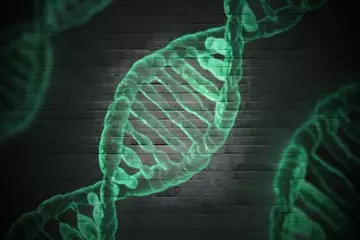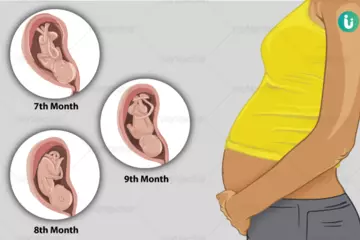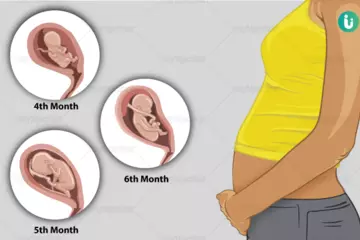What is necrotising enterocolitis?
Necrotising enterocolitis is a serious disease of the intestines in the new-borns. It is more commonly seen in premature babies weighing less than 1.5 kg. In this disease, a bacterial infection causes inflammation and damage to the intestinal wall, which may lead to perforation of the intestine. The stool from the intestine may leak into the abdominal cavity, causing severe infection.
What are its main signs and symptoms?
The symptoms vary in every child and are observed in the first two weeks. The following signs and symptoms are typically observed:
- Bloating and swelling of the abdomen
- Blood in stool
- Decreased heart rate (Read more: Bradycardia causes and treatment)
- Diarrhoea
- Reduced blood pressure
- Temporary cessation of breathing
- Lethargy
- Red and tender abdominal area
What are its main causes?
The exact cause of the disease is not yet found. A weak intestinal wall due to less oxygen supply and blood flow in low-birth-weight infants increases the risk of necrotising enterocolitis and may be responsible for the condition. The bacteria from the food can attack the weakened walls of the intestine, thereby causing inflammation, damage and perforations in the intestine.
How is it diagnosed and treated?
The following tests are done for diagnosing necrotising enterocolitis:
- X-ray: An X-ray will show the presence of bubbles in the abdomen.
- Other radiographic methods: These will indicate the presence of air bubbles in the blood vessels supplying the liver or in the abdominal cavity outside the intestine.
- Needle insertion: If a needle inserted into the abdominal cavity is able to pull out intestinal fluid, this indicates a perforation in the intestine.
The exact treatment procedure for necrotising enterocolitis depends on the condition of the infant. The treatment of necrotising enterocolitis includes the following methods:
- Stopping oral feeding
- Removal of the fluid and air bubbles from the stomach and intestine using a tube called orogastric tube.
- Administration of intravenous fluids
- Administration of antibiotics
- Regular examination using X-ray to check the condition of the infant
- External oxygen support to help breathing in case of a swollen abdomen

 Doctors for Necrotizing Enterocolitis
Doctors for Necrotizing Enterocolitis 


















